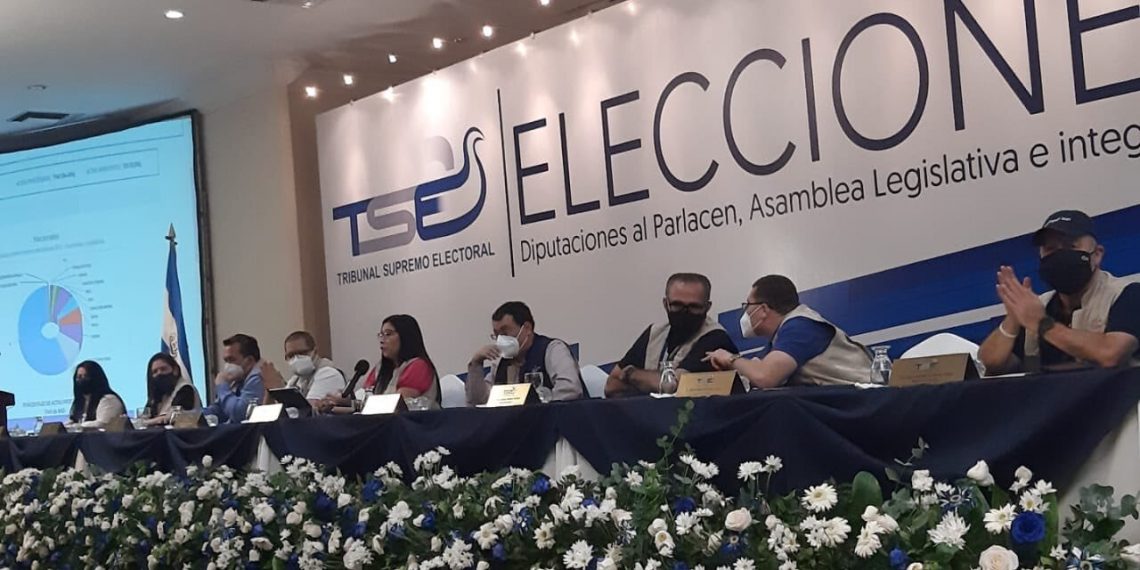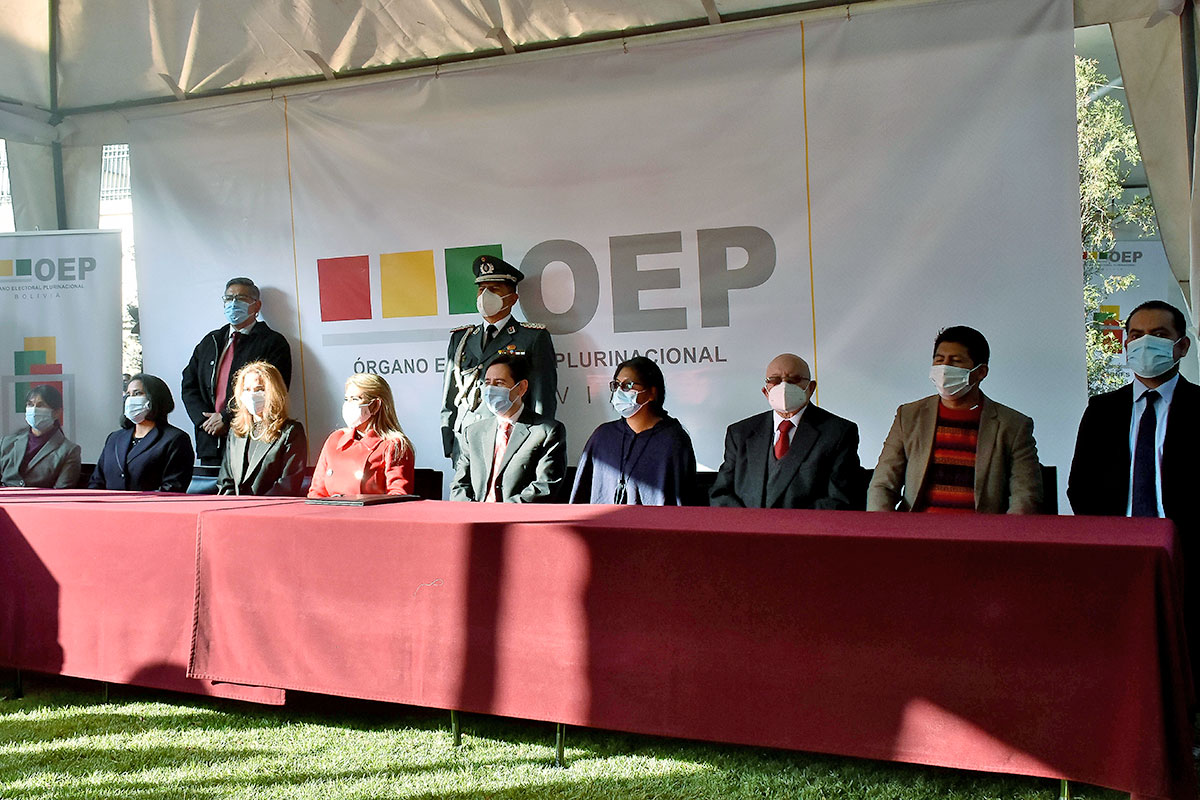

DESCARGAR: POSICIONAMIENTO UNIORE Y PROTOCOLO DE TIKAL - EN DEFENSA DE LA POLÍTICA Y DE LAS INSTITUCIONES DEMOCRÁTICAS 30-12-2021 "Asamblea avala $ 45 millones para elecciones 2021: "Esto nos permitirá organizar comicios con mejor tiempo", asegura presidenta del Tribunal".

"TSE pedirá $5 millones más para elecciones 2021". "Plan para elecciones 2021 incluye distanciamiento y desinfección en un escenario post pandemia". "6 datos curiosos sobre las elecciones de antaño en El Salvador". "The election of 1994 in El Salvador" (PDF). International Foundation for Election Systems. Election Observation El Salvador, March 20 - Ap(PDF) (Report).


^ a b Calderon, Beatriz (30 July 2019)."Partidos tienen acuerdo en tres propuestas para el TSE". ^ a b c Article 208, Section VII of the Constitution of El Salvador (1983, as amended to 2003).
#Tribunal supremo electoral 2021 code
The 2013 Electoral Code states that the Unique Identity Document forms the complete basis of the electoral register, and information on all citizens who own one is given to the Court to establish their voter registration. Whilst efforts started towards this process in 1994, it was not until the 2004 elections that the Unique Identity Document ( Spanish: Documento Único de Identidad) substituted the previous electoral cards.
#Tribunal supremo electoral 2021 registration
The IFES report also recommended that El Salvador institute a new unitary document for voter registration and identification, which it called at the time a Citizens Voting and Identification Document ( Spanish: Sistema de Identificación Ciudadana y Electoral). Whilst the International Foundation for Electoral Systems' observers found that "the El Salvador voting process was conducted in an orderly, peaceful and transparent fashion which permitted the popular will of the Salvadoran people to be expressed", concerns were also raised about the number of voter applications the Court rejected, often due to lack of documentation. The first challenge the new Court faced was the 1994 Salvadoran general election. One of these reforms was the conversion of the Central Electoral Council into the Supreme Electoral Court, and the addition of the two non-partisan members onto the makeup of the Court. In April 1991, during the negotiations between the government of El Salvador and the Farabundo Martí National Liberation Front to end the Salvadoran Civil War, an agreement was reached to reform various articles of the Constitution. This is the same set of procedures taken for the three political members of the Court today. The constitution of 15 December 1983 changed the way that the Central Electoral Council was appointed it stated that the three members of the Council would be chosen by the Legislative Assembly, with one each being chosen from slates proposed by the three political parties or coalitions with the largest vote share in the last presidential elections. However, this structure was criticised as leading to electoral processes falling under the control of the executive branch, and led to accusations of political bias. The 1962 constitution maintained the same structure. It was formed of three members and three deputies, all chosen by the Legislative Assembly for a period of three years from lists proposed by the Supreme Court and the executive branch. The 1950 constitution of El Salvador established a Central Electoral Council ( Spanish: Consejo Central de Elecciones, CCE) as the "highest authority of electoral matters".


 0 kommentar(er)
0 kommentar(er)
